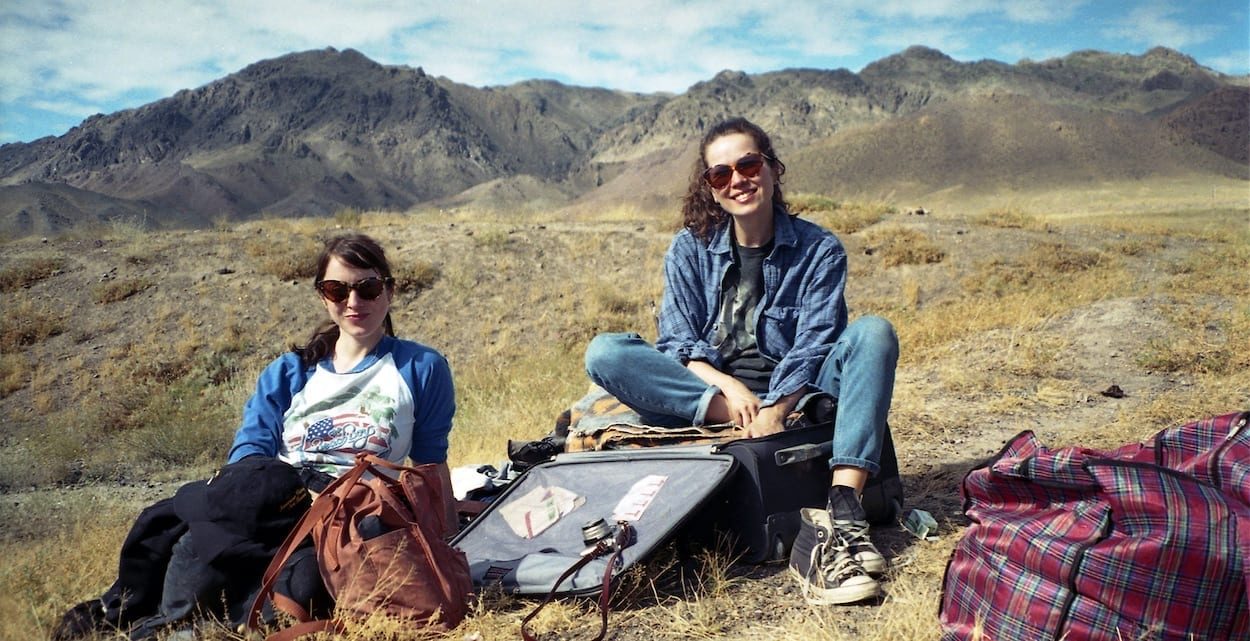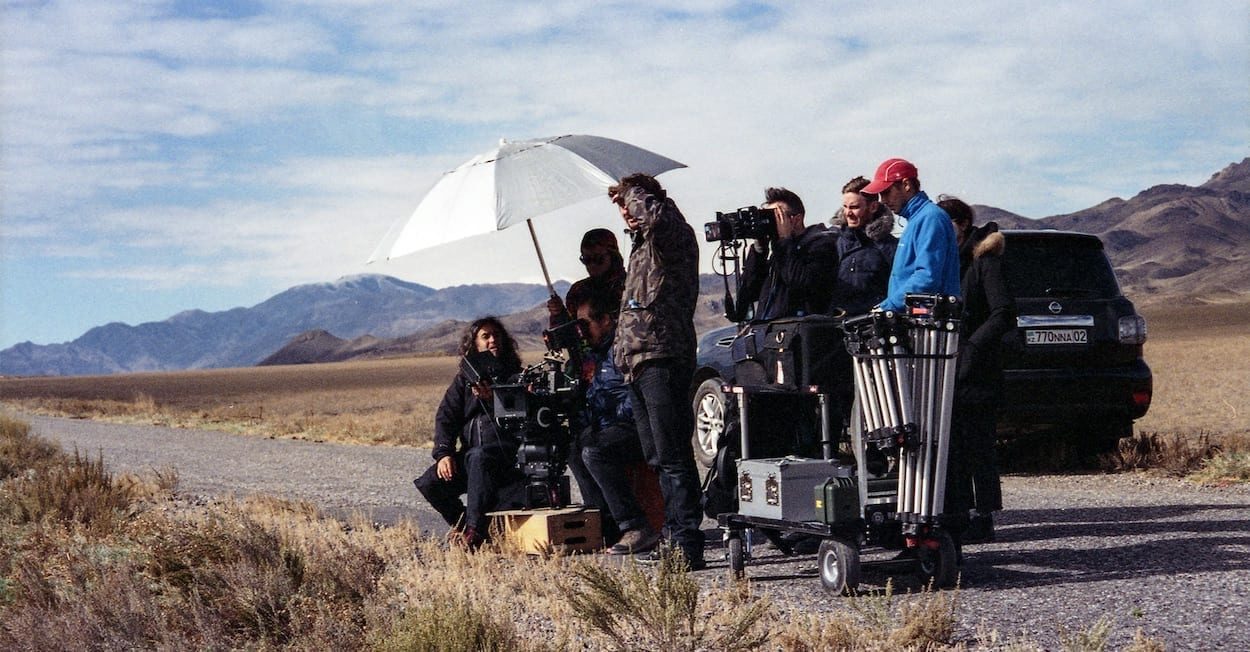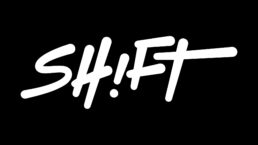When you listen to Rag ‘N’ Bone’s lyrics it could be about everyday love but your story takes the song to another place. Please tell us how the narrative evolved, what was the original brief, and how did you work with Rory Graham to finalise the script?
While the song might be about love, longing and missed opportunities certainly we were all keen to avoid any obvious romantic narrative. The original brief did mention scale and cinematic expansiveness. The ‘last kid on earth’ is an idea I’d had in my mind for some time and somehow it just synergized with the lyrics and music in such a perfect but unexpected way. The visual of a kid alone in these impossibly huge landscapes and traveling, desperate to find other people and not be alone, it just worked, and thankfully hooked people in and got everyone excited.
Initial conversations with the label and Rory were about how to depict a kind of apocalyptic scenario in a more ambiguous way, avoiding vfx or anything that would distract the viewer from the story and emotional arc of the film.
The story feels very resonant with some of the horrors going on now – displaced children, war and loss. From previous interviews, we know you’re familiar with Ukraine as a location, so was Ukraine an influence, did you shoot the film there?
I’m glad you picked up on that, I certainly wanted the film to carry that subtext, of movement of peoples, displacement and borders but rather than focusing on what might have happened or indeed how, the most important thing was the humanity behind it. It had to feel universal and relatable rather than about any specific event or place.
We shot in Kazakhstan and I fought hard for that. It had always been my intention and a lot of the imagery in my treatment came from there. The sheer epic scale of locations just wasn’t possible in Ukraine and thankfully our producer and service co’s did an incredible job to allow us to shoot there. Never have I had my breath taken away so consistently by a place.
The boy is perfect for his role. Where did you cast him and how did you go about directing him?
I think it’s fair to say I got lucky. The talent pool in Almaty is very small and this was an admittedly tough brief. You had to believe this kid could survive, with an edge and toughness to him but also with that little bit of vulnerability and innocence so we instantly empathize and care for him, really root for him.
Somehow we found a couple of good options, including twins Alisher and Alibek. They even spoke some English so I was able to start getting a kind of playful rapport going both in casting and the little time we had before the shoot. On set it was often a case of giving direction via translation from our AD. I find that really challenging as naturally the connection and one-to-one relationship with actors is one that’s so important to me. The boys really excelled naturally with the physical stuff and did such an incredibly badass job on what was an exhausting shoot for everyone.
What were the limitations of shooting in this location – was it quite a big operation and crew to move around?
What were the main challenges of the production and how did you resolve them?
Kazakhstan is a huge country and the distances we travelled were eye-watering. As ever we had a tough time cutting locations, with some intense late-night conversations about their relative worth to the film. We kept crew size to a minimum but still travelling was a big deal, both in terms of distances and indeed the terrain itself. Navigating the canyon’s huge teetering boulders is certainly a memory I won’t forget in a hurry.
Long unit moves naturally put pressure on the schedule and everyone’s performance, so on set I had to react to challenges and stay flexible on the moments I wanted to capture and always keep focused on the big picture.
With two lead boys we were able to split the crew between drone and main unit. That being said we found out the night before the shoot that the drone we had penciled had broken down. Jack our rock-like UK producer somehow managed to source another one.
We also spent one very memorable day together in huts and yurts at the canyon when inclement weather showed up. That same weather killed a number of the aerial shots I’d planned, but it happens. The local crew were fantastic and everyone knew we were attempting something kind of crazy and special and pulled together in the right direction.
Did a lot of the story line develop in the edit? Was there a lot of footage which didn’t make the final cut? Did you edit the film back in London?
I’d mapped out the main story beats and structure quite tightly beforehand but I always intended to keep a degree of flexibility and choice to allow the narrative and emotional arc to develop in the edit. And since the film was a journey I was keen to avoid it feeling too rigidly linear.
The footage that our DP Pat Scola shot was just so stunning, or ‘outrageous’ as he would say, that when I got back to the UK and started cutting it did become a challenge, how on earth to fit it in. You have to allow time to get to know the boy and his plight up front and for some moments and shots to play out, allow the film to breathe a little and to take in the expanse of the locations. But I was able to play with the order and pacing of some moments in the choruses and indeed later on to build to the emotional climax, making totally fresh associations between moments/shots and the lyrics.
Anything else you’d like to share?
Just a huge thanks to our international crew, and everyone on the repping, label and management side who were so calm, supportive and positive. Rory himself was a joy to work with and the man deserves all the success he’s now getting. Visit Kazakhstan, it really is something else.
Oh and I recently got engaged, that’s pretty cool. My fiancé did all the wardrobe and art direction on this shoot and just did the most incredible job. All things considered this is shaping up to be an exciting year.
Production stills photographer: Anna Laznya
LINKS
























